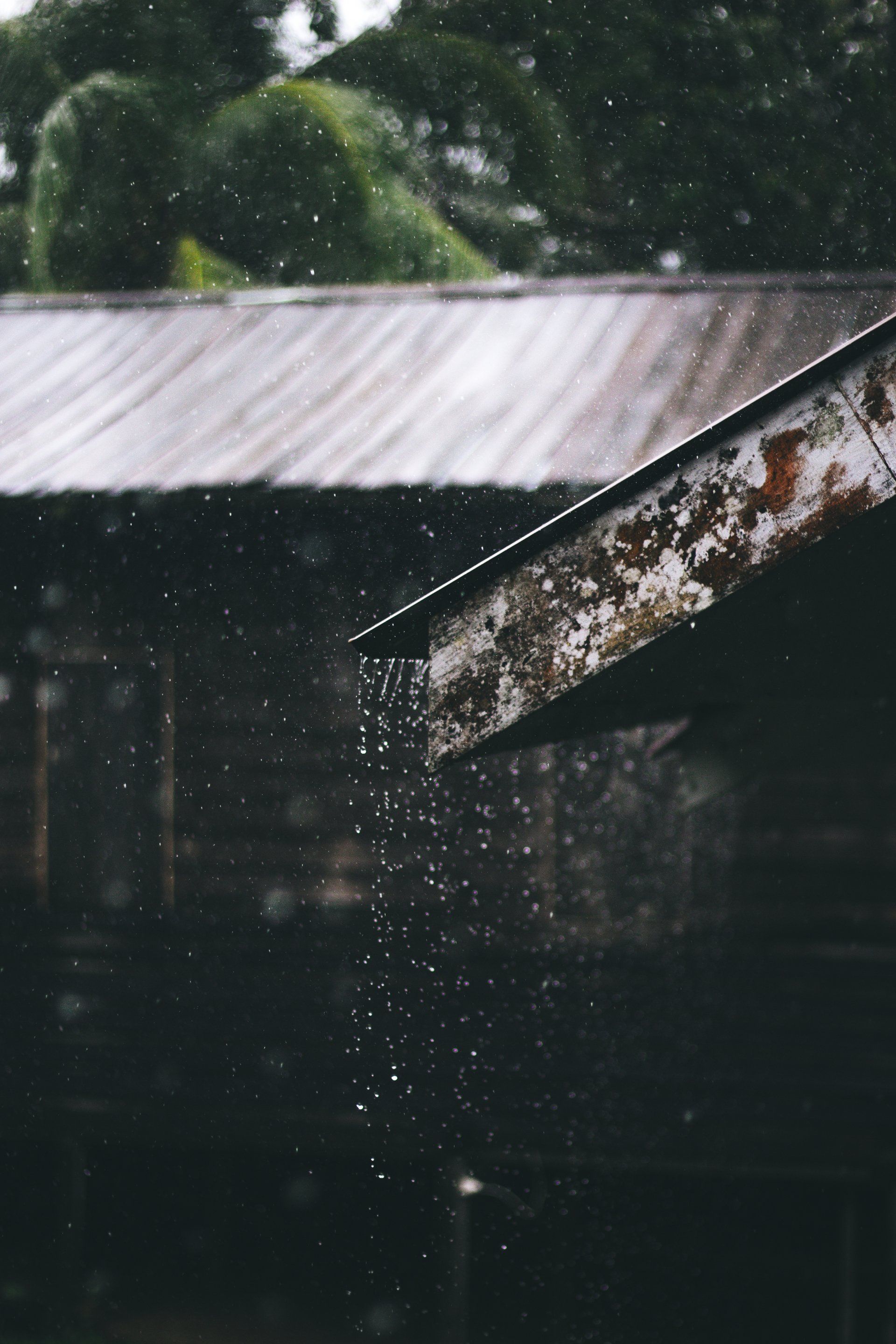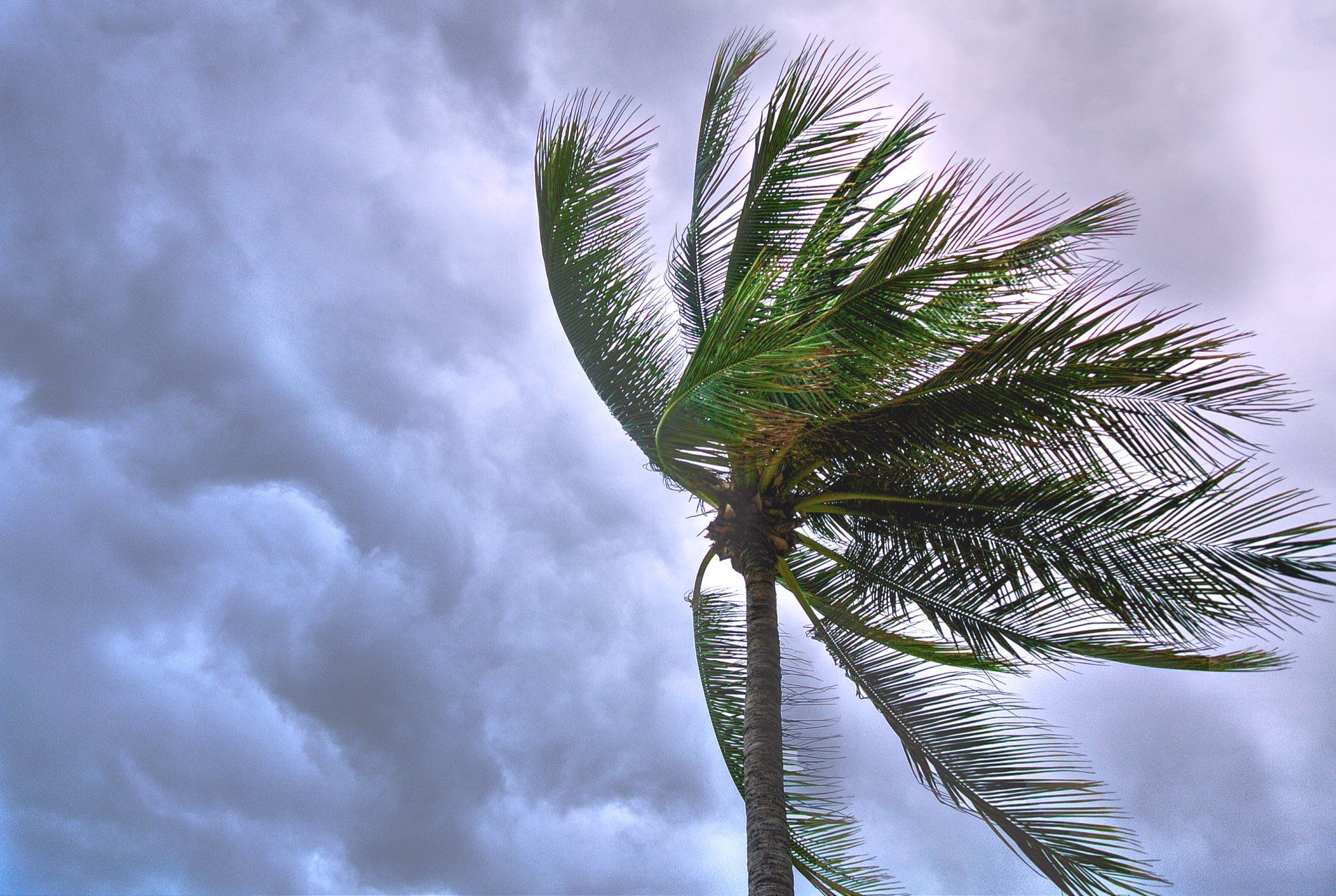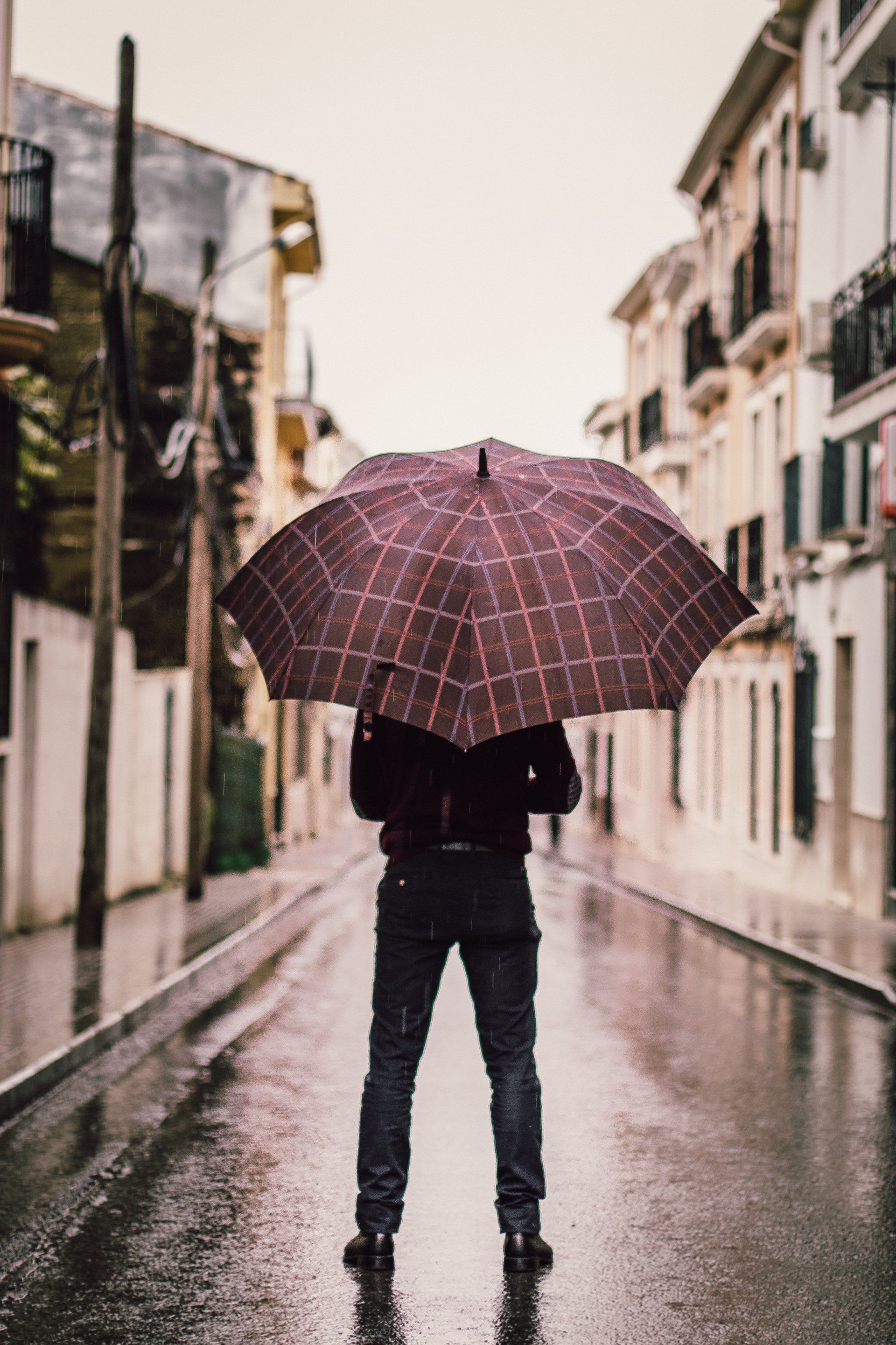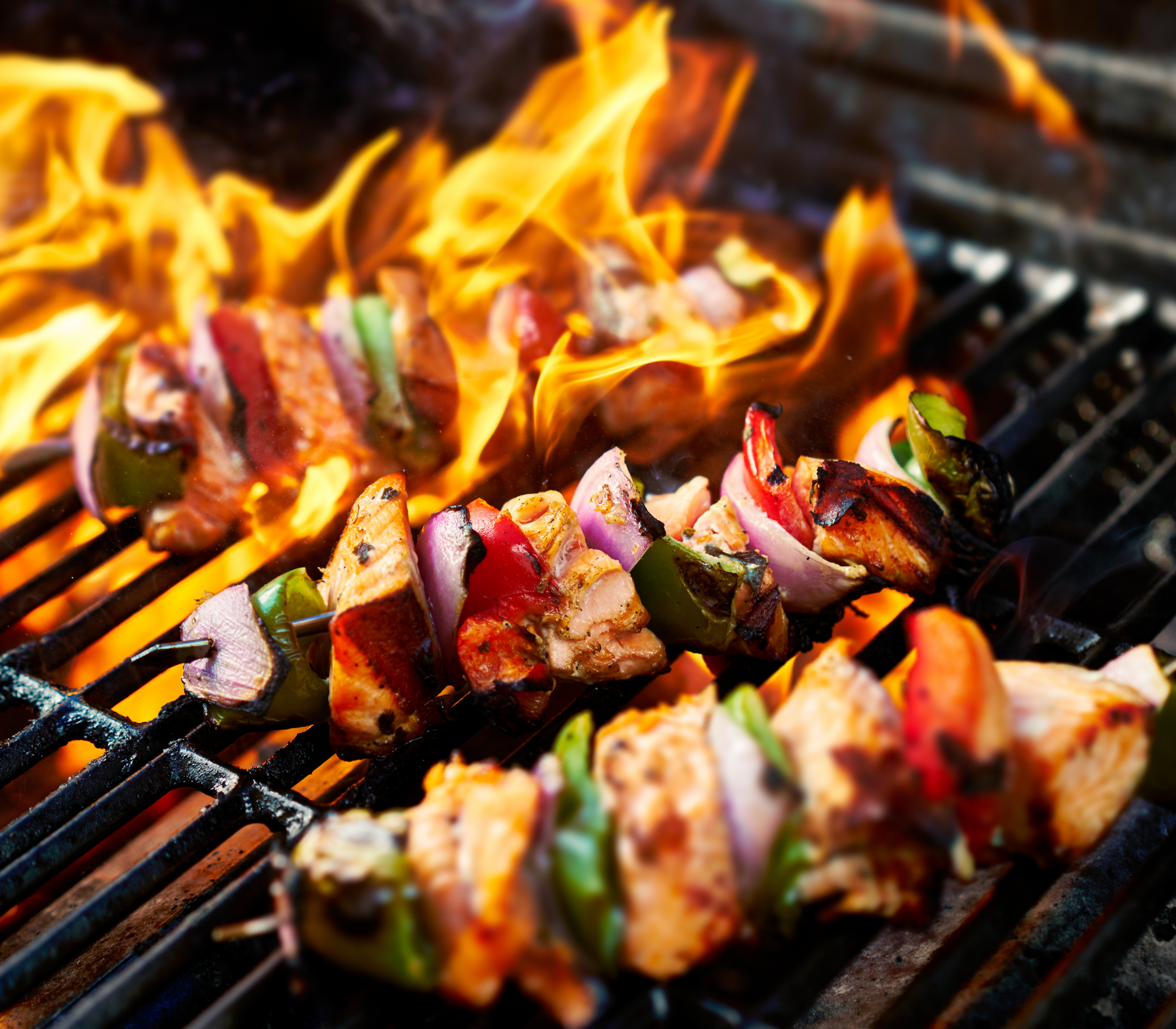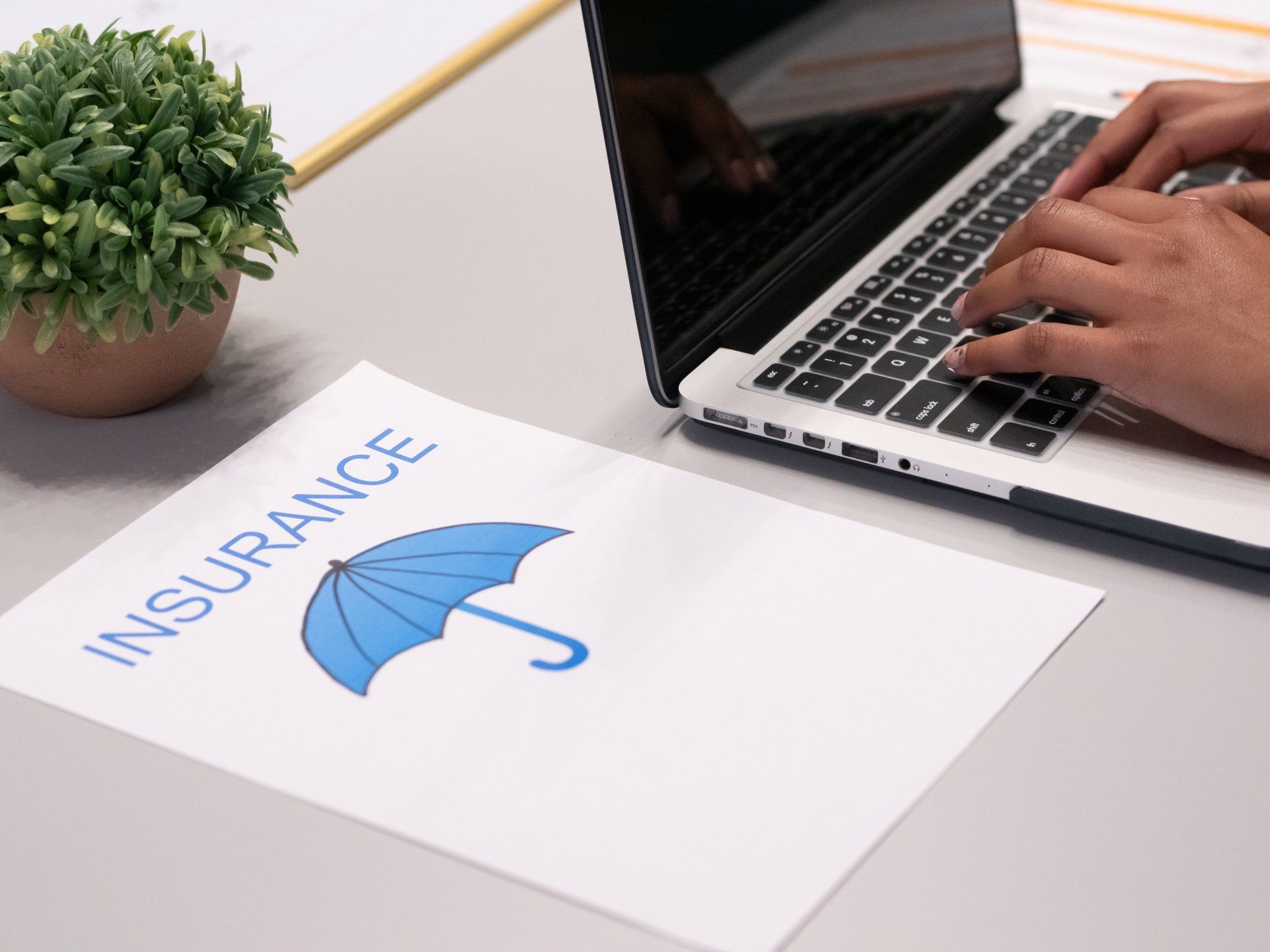What happens when a hurricane meets a pandemic?
An active 2020 hurricane season combined with coronavirus is likely to present unprecedented challenges for some coastal communities – what happens when a hurricane meets a pandemic?
Meteorologists have been warning for months that the 2020 Atlantic hurricane season is going to be severe, with estimates this year could produce as many as 19 named storms and 10 hurricanes. And based on early activity, there is little reason to doubt their predictions.
Even before the official start of the season on June 1, two named tropical storms had formed – Arthur, then Bertha, which made landfall near Charleston, South Carolina, on May 27.
What this means residents, businesses, and property owners from Texas to New England is that they need to be prepared for the worst.
In addition to the prospect of spending the next six months monitoring satellite images of cyclones forming over the Atlantic Ocean, they may also have to contend with the added challenge of preparing for and recovering from a catastrophic hurricane amid a global pandemic.
Double trouble
A dual catastrophe such as this will likely put a strain on storm preparations, which will be hindered by resources already stretched to the limit, and any post-event response, which will be slowed by the fear of contamination.
Some business owners who have temporarily shuttered their facilities during the coronavirus lockdown may be unable to adequately prepare their buildings to repel the damaging wind and water of an approaching storm.
Many residents will be forced to flee their homes and seek shelter while also maintaining physical distance from each other to reduce the risk of spreading the virus. Others may defy evacuation orders for dear of contamination, and emergency personnel will be called upon to safety extract them from homes badly damaged by flooding, strong winds, or storm surges.
After the skies clear, contractors and insurance professionals will need to carefully navigate a COVID-19 world that includes physical distancing and the prospect of travel restrictions and a shortage of hotel rooms.
Supply chains are already stressed by a pandemic that has reached every corner of the world. How will they respond as the demand for building materials rises in the wake of a major hurricane?
Preparation is key
While it’s difficult to predict how the coronavirus pandemic may affect daily life when a hurricane makes landfall, Mike Widdekind , Technical Director, Property, for Zurich North America Risk Engineering, says that preparation will be key.
“Things may look very different in the late summer or early fall,” he said, “So, business owners need to prepare for any contingency. They should review their hurricane plan and make sure they have the staffing to implement the plan.”
Widdekind said businesses should be careful not to neglect any mothballed facilities, which can be especially vulnerable to storm damage if no one is on-site to monitor their condition. “You’ll need to get your facilities buttoned up before you walk away, and that includes installing flood gates and storm shutters and testing sump pumps,” he said.
Finally, for those businesses returning to their shuttered facilities, it will be critical to monitor for mold and legionella, which can cause serious illness for returning employees.
After the storm
The post-hurricane environment will continue to present challenges for those directly impacted by the storm as well as those involved in the recovery. The Centers of Disease Control and Prevention have prepared guidance for evacuees on how they can remain safe in a public shelter. But emergency workers, contractors, vendors, and insurance professionals will need to coordinate with property owners and each other to avoid coming into close physical contact and potentially spreading COVID-19.
Will there be enough personal protective equipment (PPE) for everyone? Will travel restrictions prevent vendors, contractors, and insurance professionals from making the trip? Will there be enough lodging for everyone? And how will efforts to clean, repair, and rebuild damaged property be conducted?
It is likely that some damaged buildings will require a team of vendors and contractors to complete repairs, but they may need to work in alternating shifts to avoid close contact. Ultimately, this could result in delays that may impact a company’s ability to resume operations.
The good news
If there’s a silver lining to this, it’s that we’ve all experienced several months of living with a pandemic and we’ve learned a few things.
For instance, we’ve learned that while nothing replaces face-to-face contact with customers, most of us can still provide excellent service while sitting at home and working on our computers.
Todd Wiley, Vice-President of Catastrophe Operations and Vendor Management for Zurich North America, said the coronavirus crisis has, in some way, been a trial by fire, but Zurich’s efforts to focus on technology long ago have made the transition easy.
“COVID-19 had pushed us faster into the virtual world,” he said. “Our customers are now more comfortable in this virtual world, so we are now able to collaborate and communicate with them without standing side by side with them.”
Wiley said Zurich’s use of drones for aerial photographs and thermal imaging cameras inside buildings has prepared the company for the present time when physical distancing is required.
In addition, Zurich developed a Remote Collaboration app that allows its Risk Engineers to conduct virtual site visits. The app was launched in 2019, long before anyone thought a pandemic would make physical site visits a risky proposal.
All together
Hurricanes can have a devastating and wide-ranging impact on a community. Add to that the additional risks that come with a pandemic and you have the makings of an imperfect storm: a global health crisis exacerbated by a catastrophe.
Building resilience to this dual-threat requires preparation coupled with the collaborative efforts of residents, government, businesses, healthcare professionals, emergency personnel and insurance professionals.
Now, more than ever, collaboration is needed if we’re going to contain the combined dangers of hurricanes and a global pandemic.
Learn more about Momentum Insurance and how we can help you and your business during hurricane season . We’re always here to help, reach out for advice or a free review of your personal and commercial policy lines.
Related articles
For storm preparation and recovery tips to help businesses protect their people and assets, visit Before and after the storm.
For tips on updating a hurricane emergency action plan, visit Guide to hurricane emergency action plans.
We hope this was helpful! As always, follow us on Facebook , Instagram , and LinkedIn – and check out our blog for new content daily discussing topics on everything from the insurance industry to personal care tips.
The post What happens when a hurricane meets a pandemic? appeared first on Momentum Insurance.



